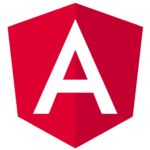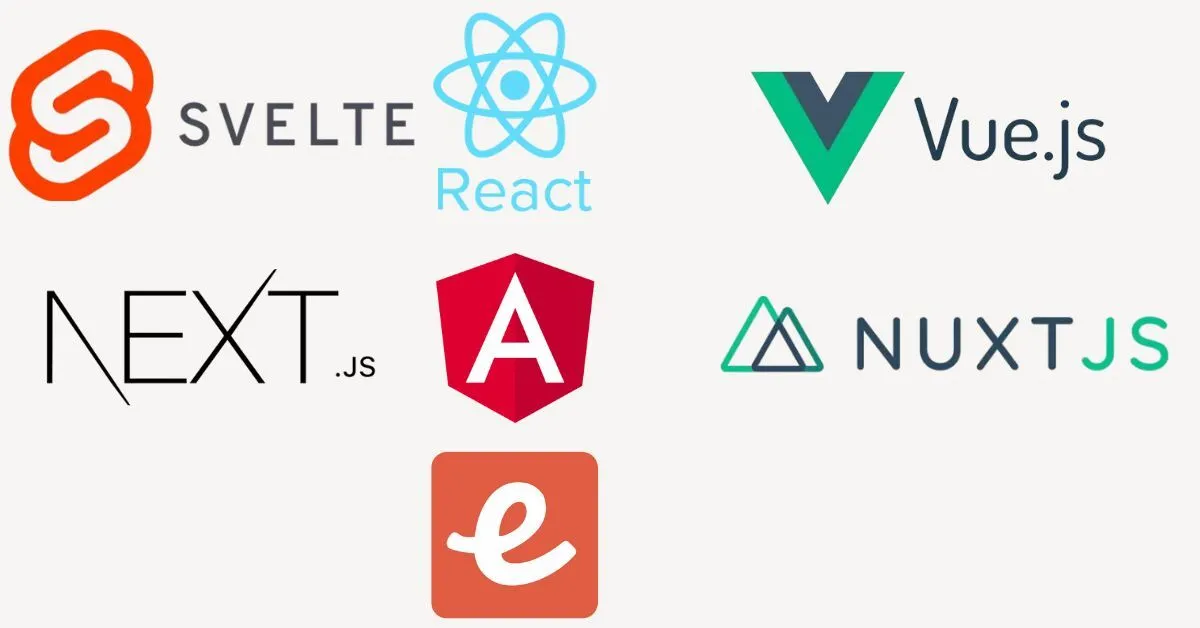Choosing the appropriate framework might affect the scalability, maintainability, and performance of your project because JavaScript is still essential to web development. An extended summary of the best frameworks and libraries for 2024 is provided below, emphasizing salient characteristics, optimal applications, and significant advancements.
List of Top JavaScript Frameworks
1. React

Overview
React is a JavaScript library, which was developed by Meta, formerly known as Facebook, that enables the creation of dynamic interfaces. It follows a component-driven architecture in which UI elements are made up of reusable components so that the application can be scaled and maintained. The Virtual DOM of React optimizes rendering by allowing only the portions of the UI that have changed to be updated. This greatly enhances performance. Hooks, introduced with version 16.8, add more features by enabling easy state management and side effects for functional components. JSX allows a syntax close to HTML within JavaScript for more legible code. In combination with libraries like React Router and Redux, offering abundant ecosystems and unidirectional data flows, it provides perhaps the most flexible and effective means of building modern web applications.
- Best for: SPAs, large-scale applications, and projects needing modular and reusable components.
- Noteworthy Updates: Improved server components for efficient data handling, automatic batching for reduced re-renders.
React official website
2. Vue.js

Overview
Vue. js A progressive framework for building user interfaces. Its primary goal is to make the process of building user interfaces and single-page applications easier. Its adaptation of a reactive data-binding system preserves the synchronization between the user interface and the underlying data. It makes the application’s state easy to handle and update. Vue. A component is a piece of code that takes in some parameters and returns a portion of the UI. The Vue template is straightforward and very simple, developers can write declarative code just in very few lines.
Vue also has an additional feature called the Composition API,added in Vue 3, which is a way to create components in a more modular way similar to React Hooks.
- Best for: Small to medium web apps, prototypes, and projects needing both flexibility and simplicity.
- Noteworthy Updates: Enhanced TypeScript support, improved reactivity, and performance optimizations with Vue 3.
3. Svelte

Overview
Svelte’s approach is unique: it compiles components into optimized vanilla JavaScript at build time, avoiding the virtual DOM and reducing runtime overhead. It’s ideal for lightweight and high-performance applications.
- Best for: Interactive UI components, performance-sensitive applications, smaller apps.
- Noteworthy Updates: Continuous optimizations in SvelteKit for server-rendered and static websites, making Svelte more suitable for larger projects.
4. Next.js

Overview
Next.js, built on React, supports hybrid rendering (server-side and static generation), making it powerful for SEO-focused applications. The new App Router and server components improve data-fetching strategies and make it ideal for complex web apps.
- Best for: E-commerce sites, SEO-intensive websites, large-scale applications.
- Noteworthy Updates: Enhanced support for React server components, improved image and edge rendering, and expanded API routes for backend functionality.
5. Angular

Overview
Angular, maintained by Google, is known for its opinionated structure and TypeScript support, making it a powerful option for scalable applications. Its RxJS integration supports real-time data updates, making it great for complex, data-heavy apps.
- Best for: Enterprise-level applications, SPAs, apps requiring strict structure and scalability.
- Noteworthy Updates: New standalone component APIs for modularity, streamlined CLI updates, and better developer tools for performance insights.
6. Nuxt.js

Overview
Nuxt.js, based on Vue, excels in SSR and static site generation, making it a fantastic choice for SEO-driven apps. Its module ecosystem and ease of setup simplify project configuration, helping to speed up development.
- Best for: SEO-friendly applications, large content-based sites, Vue projects requiring SSR.
- Noteworthy Updates: Enhanced support for Vue 3, a more robust module ecosystem, and better static-site capabilities through integration with Vite.
7. Ember.js

Overview
Ember is a mature, opinionated framework that uses conventions to streamline development, making it easy to maintain large applications. With built-in routing and state management, Ember works well for projects where stability is essential.


